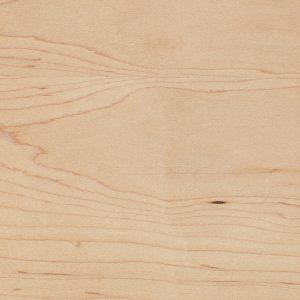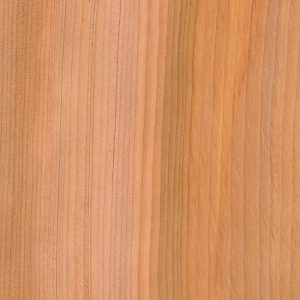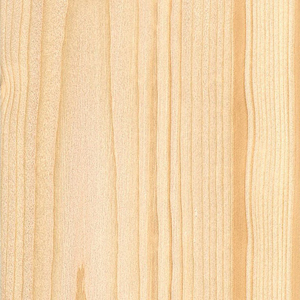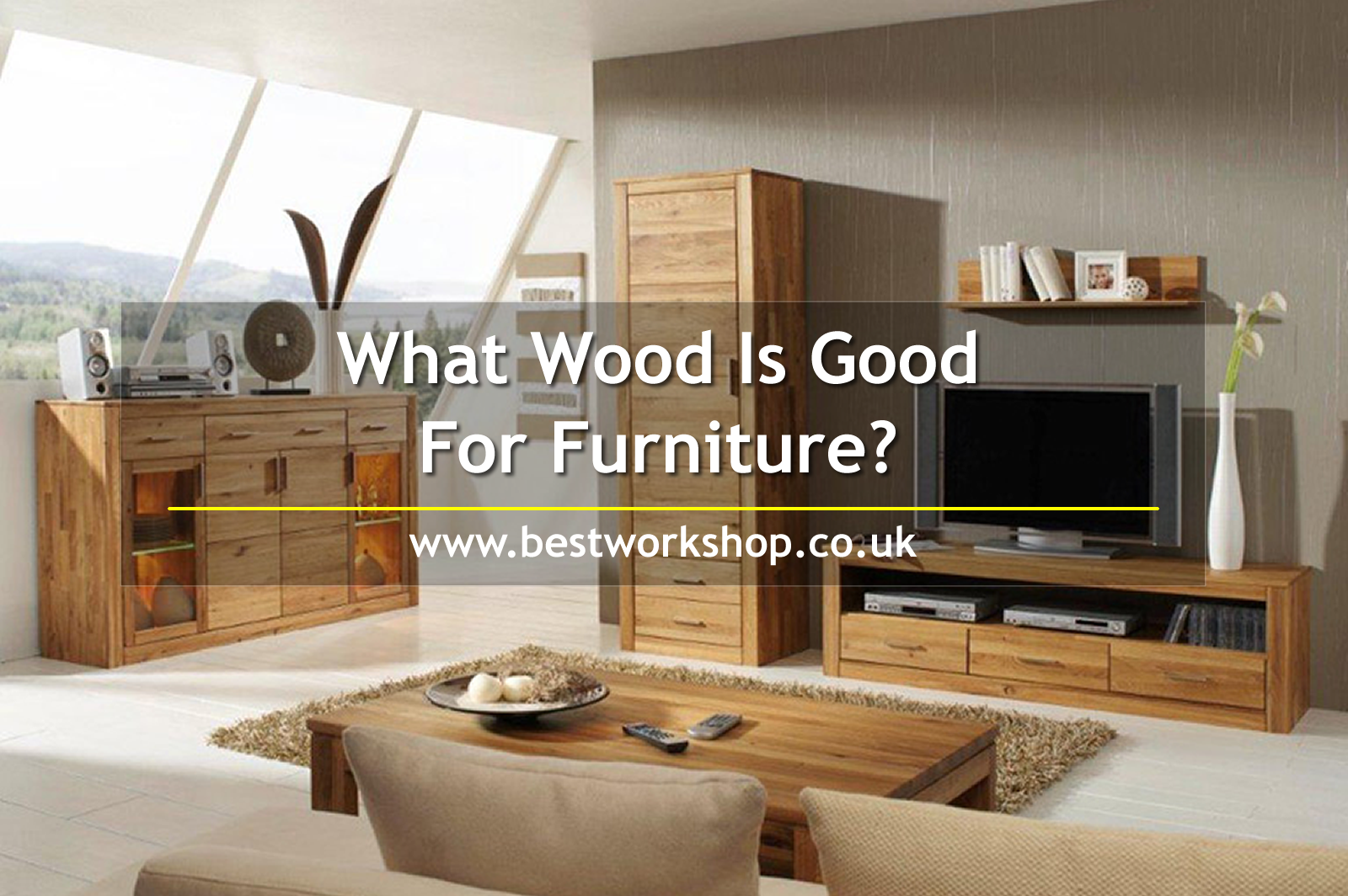Table of Contents
Woods like oak, cherry and walnut are all excellent choices for furniture making. Softwoods like pine are also a good choice as they’re often cheaper but they don’t have the same longevity or durability as hardwoods.
Choosing the right type of wood is one of the most important aspects of furniture making. If you choose the wrong type then you’ll end up with a piece that won’t be as durable or functional as you had hoped. But this will leave you wondering what wood is good for furniture.
The good news is that there are a lot of different woods that are perfect for furniture making. Generally speaking, hardwoods are the best options as they’re far more robust. However, if you want something that will provide a good finish, softwoods are an excellent choice.
In this guide, we will be telling you the best options for wood for furniture as well as giving you some handy information on choosing the right type for your project.
Hardwood Vs Softwood
The biggest question from woodworkers relates to whether hardwood or softwood is best for furniture. Some people would say hard while others would say soft but in reality, they both have different qualities that make them both suitable in different ways.
Most softwoods come from evergreen trees like fir, pine, spruce and yew, among others. The wood is much less dense which makes the trees easier to harvest. What’s great about softwood is that the planks are usually much longer as the trees grow straight.
Softwood is non-porous which means that it will absorb treatments much more quickly so you’ll end up with a much nicer finish. It’s ideal for things like framework, cladding and flooring and has a lighter colour than most hardwoods. What’s also great about softwoods is that they are so lightweight which makes them ideal for DIY furniture projects as well as use in commercial situations like on construction sites.
On the other hand, hardwood comes from trees such as walnut, oak and maple which are known as deciduous trees. These trees are not as fast-growing as evergreens so the wood has longer to form fibres which result in a more dense wood.
Hardwood is typically much heavier than softwood and due to how slowly it grows, you’ll find it’s a little more expensive to buy. However, the durability of hardwood is far superior so there’s much less chance of it rotting or decaying prematurely.
Hardwoods are commonly used for furniture but there are some types that aren’t quite as good for this. That said, it’s one of the most common types of wood for flooring as it’s fire-resistant and incredibly robust.
The Best Wood Types For Furniture
There are lots of different types of wood that can be used for furniture but we have picked out some of the very best to help you choose for your next project.
Walnut

Walnut is largely considered to be one of the most premium types of hardwood for furniture. It has a stunning aesthetic that exudes class which is what attracts many people to it. Not only this but walnut has a very nice grain and texture to further add to its visual appeal and practicality when it comes to furniture.
What’s great about walnut is that it is incredibly dense so it’s perfect for furniture that will see a lot of heavy use. However, you will have to pay for this durability and walnut is one of the most expensive types of wood.
The colour of walnut can be anywhere between a deep purple and dark brown and these tones are perfect if you’re creating an industrial theme or something more rustic.
Oak

Oak is one of the most popular choices when it comes to furniture; there’s even an entire store dedicated to it, I think we all know what I’m referring to. What’s more, oak is dynamic and has a beautiful classic appearance so it’ll fit into almost any home which is why a lot of interior doors are made from oak. The great thing is that oak doesn’t just come in one colour; there are several different hues depending on the type of oak tree the wood comes from.
If you’re using American white oak, you’ll get a very light coloured wood whereas the European tree tends to yield a much darker, golden brown harvest. In any case, it’ll match several types of themes but you will often see it being used in Scandi-style decor.
But what really makes oak a good choice is its strength. This is an incredibly dense type of wood and because of this, it’s far stronger than some other types. There are also several ways of working with oak including steam bending, glueing and finishing so you always get a lovely end result.
If you’re looking for a type of wood that is resistant then oak is an excellent choice. It is not prone to fungal infections and resists exterior conditions relatively well which is another reason that this has become one of the go-to choices for furniture makers both professional and amateur. Plus, this is a very affordable type of wood.
Maple

If you like a slightly paler wood then American hard maple is a worthwhile consideration. It has a creamy colour with golden tones and is brilliant for creating aesthetically pleasing furniture. It’ll add a touch of brightness to your home and is ideal if you’re trying to create a more modern decor style.
Maple is a very clean type of wood and doesn’t contain any toxins. But what’s really special about it is that because it is such a slow-growing tree, it is one of the hardest woods out there. This is due to the fact that these trees grow in colder climates.
However, while maple does have a lot going for it, you have to remember that because of how dense it is, it can sometimes make finishing the wood a little more of a challenge.
Cherry

If you are making pieces of furniture for a home that has kids or pets then you will want a type of wood that is scratch resistant and durable. That’s where cherry really excels but it’s not only incredibly practical; it’s also one of the most beautiful types of timber so you’re killing two birds with one stone.
There’s something extra special about cherry as it will change over time. When you first get it, the wood will have pink or reddish hues but as time goes on, these will deepen in colour and get darker. This occurs as the wood is exposed to light and we think it makes an excellent choice in a rustic kitchen or dining room.
Cherry is a great choice if you’re new to DIY projects as it’s one of the easiest types of wood to work with. It machines so well and this is largely due to the straighter grain. But let us warn you that staining cherry is fraught with issues as it will become blotchy quite easily. Fortunately, we have a guide on how to fix blotchy wood stain.
Pine

Pine is a softwood that is commonly used in commercial furniture making and it can be a good choice for a DIY project. For starters, this type of wood is far more affordable than many of the hardwoods we have talked about and it’s incredibly lightweight and easy to work with.
The problem with pine, however, is that it often comes with a lot of defects so it may not be as attractive as some of the hardwoods. Moreover, you have to consider that pine is far less durable and will be more susceptible to scratches and other types of damage.
For furniture that will only be used occasionally, pine is a good choice. You’ll also find that it is very resistant to swelling and shrinking which is a very important feature to look out for when choosing wood.
What To Look For When Choosing Wood For Furniture
Now that you are familiar with some of the best types of wood for furniture, it’s time to make a decision. While much of this decision will be made based on the type of wood, there are a few other factors to consider. It’s widely accepted by most expert woodworkers that the following points all play a role in choosing the perfect wood for your project.
Appearance
When wood is freshly cut, you will notice that it has a shiny look to it. This shows you that the timber is of the best quality and so is something you’ll want to keep an eye out for.
When shopping for wood, you’ll normally find that each piece of timber is graded. The country you’re in will have different grading systems. Some countries will grade wood according to texture whereas others, like Sweden, base their grading system on the number of knots in the wood as well as on other factors such as grain and insect damage.
Wood Colours
Wood comes in a range of different colours but the darker it is, the harder it tends to be. When you’re making furniture, you want timber that is robust and strong. This means looking for something that is naturally darker in colour.
Durability
It goes without saying that you will want to choose wood that’s durable and will last the course of time. If you buy high-quality wood then you will end up with a product that is incredibly durable as well as resistant to changes in the climate, pests and other factors.
You can also purchase pressure-treated wood which tends to be a lot more resistant to insect or termite damage. This is due to a preservative that’s embedded into the wood and forms a barrier.
Elasticity
Wood needs to be able to regain its original shape as accurately as possible and that’s why elasticity is super important. While this isn’t quite as important when making furniture, it’s essential in the construction industry. This is because elasticity is important when making load-bearing structures which is often the case when building houses. Construction timber boards are sawn in a unique way to improve elasticity.
Wood Fibres
It’s important to look at the wood fibres as this can tell you a lot about how the piece of timber will perform. For example, if you’re using hardwoods then you will notice that the fibres have smaller lumen diameters and thicker cell walls in comparison to softwood.
In any case, you should check that the wood fibres are compact, firm and straight. If the fibres are twisted then this can affect the overall strength of the piece.
Resistance and Safety
Wood is often used to start a fire so naturally, it’s going to go up if exposed to flame or a heat source high enough. However, when you are choosing wood for furniture, that’s not the result you want so it’s important to look for fire-resistant timber.
Normally when wood meets fire, a process of thermal breakdown takes place. As a result of this, charcoal forms on the surface of the wood and this acts as an insulator giving the inner part of the wood more resistance to the flames. The denser the wood, the better it will resist so it’s worth looking for dense timber when making furniture.
Wood Hardness
Different species of wood have different hardnesses and this is something to keep in mind. You will notice that many suppliers rank wood using the Janka Hardness scale as this is a widely accepted system for determining how hard a piece of timber is. The scale goes up to 4000, where you will find woods like Brazilian walnut. The higher the number, the harder the wood.
The reason that hardness is so important is that, depending on what you will use the wood for, it needs to withstand quite a lot. In the construction industry, for example, the wood used for flooring will undergo a lot of wear and tear and harder timber will put up with this more easily.
Wood Shape
When you buy a high-quality piece of timber, you will notice how well it retains its shape throughout any processes you put it through. For example, when the wood is seasoned, good quality timber will not lose its shape or integrity. It’s important to dry wood out so that it is easier to work with and more lightweight. What’s more, this process ensures a more durable piece of timber so it’s important that your piece can go through it.
Wood Strength
Nobody wants to construct a piece of furniture that’s going to fall apart the second it faces any kind of load. That’s why it’s of the utmost importance to choose wood that is robust and durable. Typically speaking, the denser a piece of wood, the stronger it will be but there are three different strength types that tell you everything you need to know.
Bending strength refers to how well the wood holds up under a load without warping and this should be about the same as the tensile strength of the timber. Tensile strength tells you how well the wood will resist breaking under tension. Finally, there is shearing strength which tells you about the wood’s ability to resist forces that may affect its internal structure. This should normally be around 15% of the tensile strength.
Wood Weight
Generally speaking, the heavier the piece of wood, the stronger and harder it will be. But that isn’t something that you should just take as gospel since unseasoned green wood can be much heavier owing to the amount of moisture it retains. For this reason, only ever opt for seasoned wood when choosing timber for furniture.
Wood Sound
Yes, we know what you’re thinking; the sound of wood surely can’t make much of a difference but this is an intricacy that many beginners overlook when determining wood quality.
When you strike a piece of timber, if it is of good quality, you will find that there is a clear ringing sound. This tells you that the moisture content is low but if the sound is much duller, then this could mean higher moisture content and even possible decay on the inner part of the timber.
Water Permeability
In an ideal world, your piece of timber will have zero water permeability. But the truth of the matter is that it isn’t very common. Look for wood with the lowest possible permeability and you should be fine. If the water permeability is higher, this means that the timber will soak up moisture more easily causing it to rot sooner. If you want a long-lasting piece of wood then this is an incredibly important factor to take into account.
Wood Workability
While you might want to challenge yourself when it comes to woodworking, the last thing you want is to be working with something that feels impossible. This is why it’s important to choose work that has good workability. Essentially this means that it will be easier to glue, nail, cut etc.
When cutting shapes into the wood, it will easily retain these and the piece will last for many years without degrading.
Typically, you will find that wood with a higher resin content will be more difficult to work and your saw teeth may end up being clogged. Also, make sure to check the grain as an irregular grain can make life much more difficult.
Conclusion
Choosing the right wood for your DIY furniture project is one of the most critical decisions you will make. There are lots of tree species out there that are ideal for making furniture but as a rule of thumb, you will want to find something that is dense, resistant, easy to work and has a low moisture content.
Woods like oak, cherry and walnut are all excellent choices. Softwoods like pine are also a good choice as they’re often cheaper but they don’t have the same longevity or durability as hardwoods.


